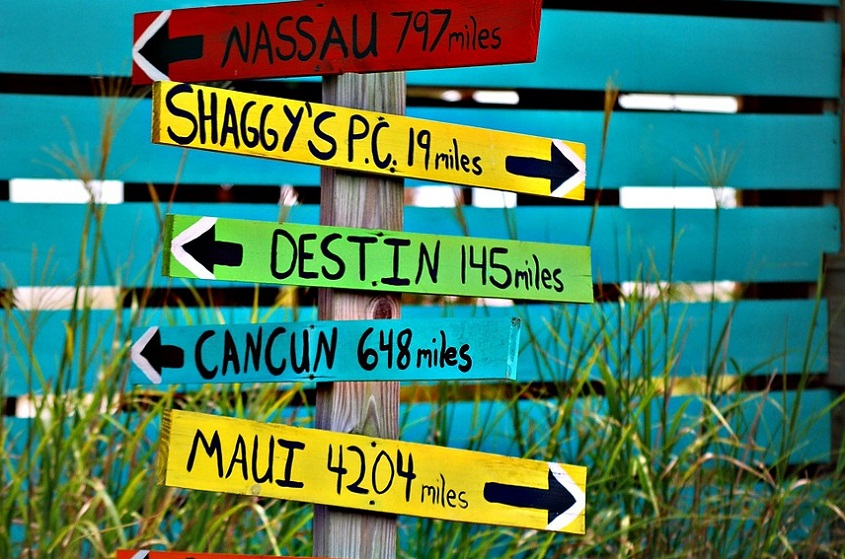In this guest post aimed at destination managers and marketers, Erik van ‘t Klooster shares his thoughts on the right ingredients for a truly “delicious”, lasting and meaningful visitor experience at your destination.
Stimulate the senses
We experience our world through sight, sound, smell, taste and touch. The more senses you stimulate, the richer visitors’ experience¹.
Authenticity
Make the visitor experience authentic. To be authentic, experiences need to be a relevant match between customer and place identity. Make the experience involve the past, present and future of a place and visitors will get a better understanding about the place, which in turn means more emotional involvement and, hopefully, enhanced loyalty to the place.
Learning
Building upon the previous argument, try to create experiences that involve an element of learning about one selves, triggered by the special characteristics and support structure of a certain place¹.
Balance familiar and unfamiliar
Of course not everything can or should be special. Try to find the right balance between the familiar and the unfamiliar. It’s all about “pleasant” surprises!
Participation
Try to make the experience relevant to the visitor by letting him / her actively participate and interact with others¹.
Match the visitor’s mental and behavioral script
Try to put yourself in the shoes of your customer to fine-tune your offerings². For example, when a tourist arrives in your city, what will be the most important decisions for him or her to make? How can you make sure the person feels welcome and finds the right support at the right time?
The symbolic level
What should your place experience mean to the visitor on a symbolic level³? Human values are communicated through symbols, signs, rituals (incl. events) and heroes. Which values do you want to communicate at your destination?
Holistic approach
Last but not least, make sure that the experience is supported by a wide range of stakeholders before, during and after the trip, both in virtual space (such as website and mobile applications) and by creating an experience network.
References
¹ Pine, B.J. and Gilmore, J.H. (1999) The experience economy: Work is theatre and every business is a stage. Boston Mass: HBS Press.
² Shoemaker, S. (1996) “Scripts: Precursor of Consumer Expectations”. Cornell Hotel and Restaurant Administrative Quarterly, 1996,pp. 596-611.
³ Gnoth, J. (2002) “Leveraging export brands through a tourism destination brand”. Brand Management, 9 (4-5), 262-280.
This post was originally published as part of the PlaceBrandz project, now hosted by the Observer.
Erik van ‘t Klooster
 works freelance under the alias of ‘Get up and Go’ in the field of marketing management, international research and event & tourism management. In 2014 he finished his PhD research “Travel to Learn: The influence of cultural distance on competence development in educational travel.”
works freelance under the alias of ‘Get up and Go’ in the field of marketing management, international research and event & tourism management. In 2014 he finished his PhD research “Travel to Learn: The influence of cultural distance on competence development in educational travel.”
His clients include different educational institutes, such as the Rotterdam School of Management, Erasmus University and Hotelschool the Hague, as well as the student associations AIESEC International and MAEUR.
Erik consulted, for example, on the place branding strategy for the Maastricht region and the cluster brand strategy for the polymer sector in the province of Overijssel, the Netherlands.
Did you enjoy this post by Erik van ‘t Klooster on how to create a meaningful destination visitor experience? Please share!


